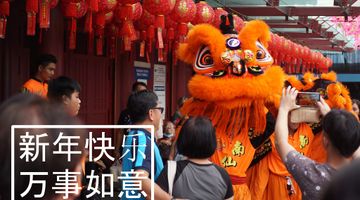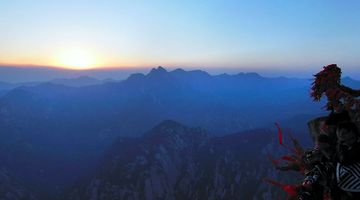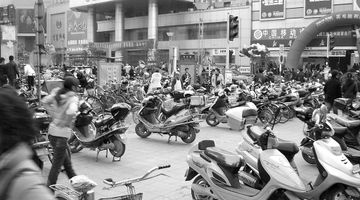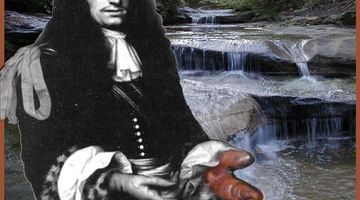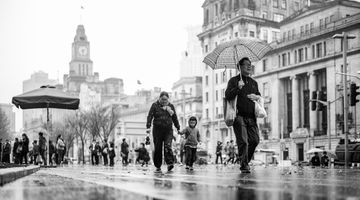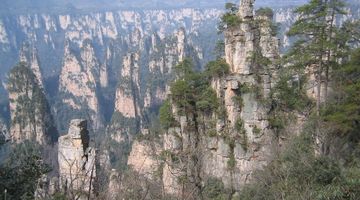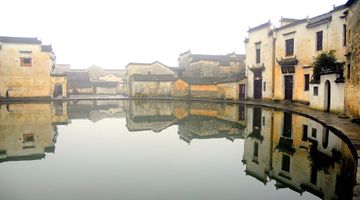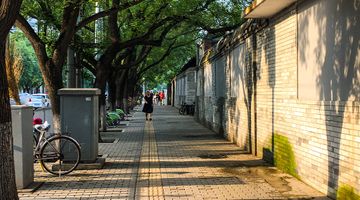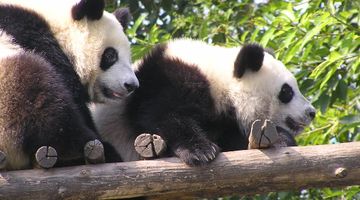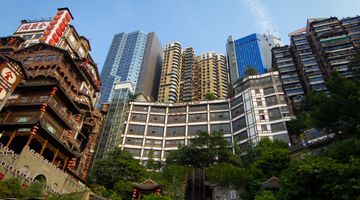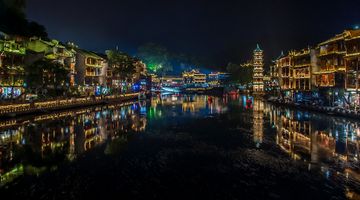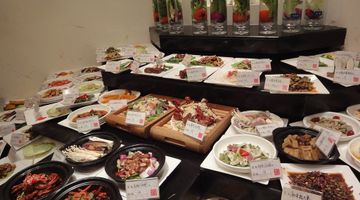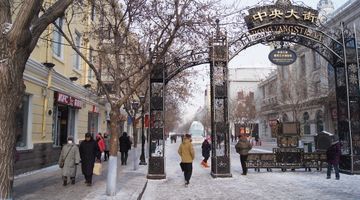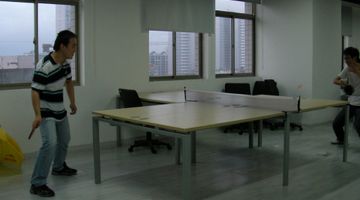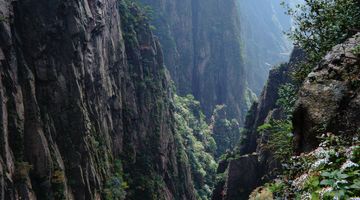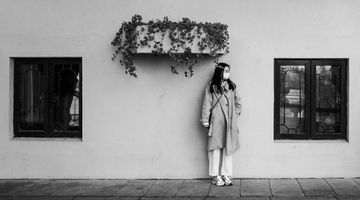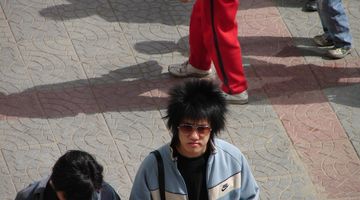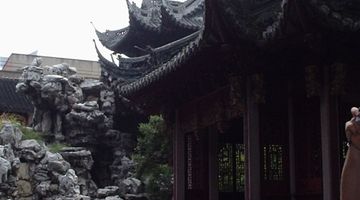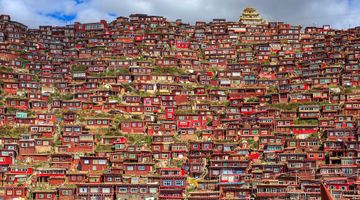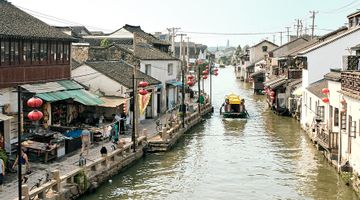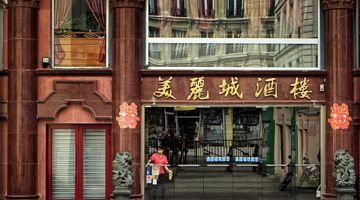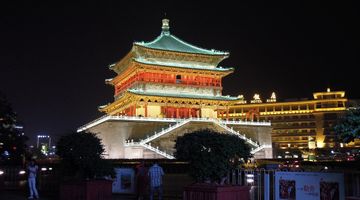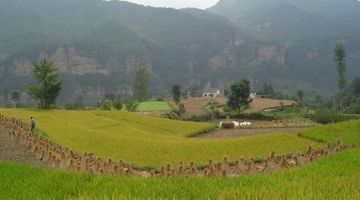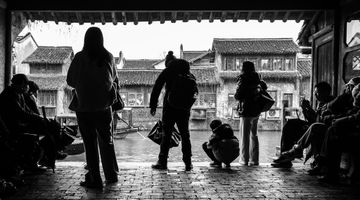Top 10 Most Colourful Festivals In China
Chinese festivals and events are a big part of Chinese culture and everyday life. Almost every month there is a celebration going on, and one thing common among all these celebrations is the fact that they are rich in history and tradition and are accompanied by flashy decorations as well as dazzling lights.
Almost all the Chinese festivals take place according to the lunar calendar, so the exact date on which the festival will be held varies from one year to another in the Western calendar. Here are 10 vibrant and colourful festivals celebrated throughout the year in China that you must definitely take part in!
1. Snow and Ice Festival (January–February)
The snow and ice festival takes place in Harbin from the fifth of Jan to the fifth of Feb. it is the largest ice festival of the world and features carvings that tower up to more than 20 feet in height. In this festival, you can also find full-sized buildings that are made using huge blocks of ice.
2. Chinese New Year (February)
Also known as the Spring Festival and the Lunar New Year, this is the most important holiday out of all the Chinese holidays. The festival takes place on the first day of the first lunar month which, according to the Western calendar falls either at the end of January or the beginning of Feb and is celebrated across the nation.
Chinese New Year is one of the most important cultural celebrations and has been celebrated for over four thousand years. It is an ancient celebration which takes place to mark the end of winters and the starting of spring, which is why it is commonly known as the Spring festival. It marks the Earth coming back to life and the starting of the growing cycle.
The New Year celebrations last for two weeks and are packed with fireworks, lion dances, parades, and feasts. Millions of people travel home to get together with their families on this auspicious occasion. Weeks filled with lavish firework displays and special dragon dance parade, this is one event to look forward to!
People clean the houses and worship the Chinese god. They get together to celebrate not only the start of the new year but also the achievements of the previous year. They take part in numerous activities including putting up the Spring Festival scrolls and setting off the fireworks. The food eaten most during this time is dumplings.
3. Lantern Festival (February)
The Lantern Festival takes place on the fifteenth day of the first month in the lunar calendar. It marks the end of the celebrations of the Chinese New Year with the first full moon.
Chinese lanterns have cultural importance. Throughout the years, they have been used for a number of different purposes and are also considered to be a means of communication. Red lanterns that are commonly used during this festival serve as a sign of vitality and joy and are also used to mark an impending marriage and birth.
During this time, everywhere you go, including parks, homes, storefronts, markets, and streets, are all lit with beautiful and colourful lanterns. These not only include the traditional red Chinese lanterns, but also lanterns in different colours, forms, and shapes. In fact, various cities across the country have special lantern displays throughout the period of the festival.
The cultural festival is a traditional one that has been passed on from one generation to another. They take part in temple affairs as well and guess different lantern riddles on the night of the festival. During this time, you will see floats and parades, acrobats, stilt walkers, clowns, and music across the country. And, of course, there will be firecrackers and Chinese dragon and lion dances too. Moreover, families also come together to eat sweet rice balls, which are considered to be a symbol for family unity and good fortune.
4. Qinming Festival (April)
Qinming festival, also known as Tomb Sweeping Day is celebrated to honour the ancestors and to make sure that they are happy in the afterworld. The festival usually falls at the beginning of April according to the Western calendar.
During this festival, the temples across the country are filled with activity as people bring offerings, and pay their respect. People sweep and clean the graves, offer food like sweets, buns, and fruits, and burn incense. Common tradition also includes burning other offerings, particularly ghost money. Chinese believe that by burning something, the essence of the burnt item is sent over to the spirit world, where it can then be used by the dead. People also fly kites and wear willow shoots.
5. Dragon Boat Festival (June)
The dragon boat festival takes place in the fifth month of the lunar calendar which is somewhere around June according to the Western calendar.
There are multiple legends when it comes to the origin of the festival. According to one legend, it started out as a celebration for planting rice crop and praying for a good rainfall as it was believed that dragons are responsible for controlling the rivers and rain. People would place offerings in the river so that dragons would bring rain.
In another legend, the festival is celebrated because of Qu Yuan, a legend of the ancient times. According to history, patriotic poet Qu Yuan, who was alive during the Warring States period, committed suicide in the Miluo River in the Hunan Province since he couldn’t see his homeland being destroyed by leaders. When people tried to look for him, it had already been too late, so the people threw rice in the water to calm the spirit of the poet. One day, the spirit returned and told the people that the rice meant for him was being eaten by the river dragon. He then asked the people to wrap the rice in leaves and shape it like a small pyramid which is called zongzi.
The festival is an exciting one with dragon boat races which is a long-standing tradition and is grandly held across the country. Teams of rowers paddle in unison to the beat of the drums while trying to be the first boat to reach the finish.
During the festival, people eat zongzi made with meat and rice and plug Chinese mugwort in the door as per the tradition.
6. Double Seventh Festival (July)
The double seventh festival takes place on 7th July of the lunar year and has a romantic story. According to a Chinese legend, lovers Altair and Vega, that have been separated by stars can meet on the night of the Double Seventh Festival each year.
During the festival, people come out to their courtyard to watch the meeting of the two lovers and pray for a happy and healthy marriage. It is now also celebrated as the Chinese Valentine’s day.
7. Ghost festival (August)
This festival is the exact opposite of the Qinming Festival. In this festival, it is believed that ghosts come out for a month when the gates of heaven are opened, and they visit the living. The festival occurs in the seventh month of the lunar calendar.
Since spirits are considered to be powerful, they are treated with the utmost respect. In order to keep them happy, the people offer food and burn incense. Often, offerings are also found on roadsides. These offerings are for the orphan spirits that don’t have anyone to take care of them. People don’t want an angry spirit roaming around their house as it is believed that unhappy spirits often lead to bad things.
Moreover, to appease the spirits, various ceremonies and rituals also take place.
8. Mid-Autumn festival (September)
The mid-autumn festival, also known as the moon festival is celebrated on the eighth full moon of the year, which is generally somewhere around mid-August. At this time, the moon is the brightest and families and friends get together to not only enjoy the bright moon but also to eat mooncakes in the evening.
The festival can be considered the equivalent of Thanksgiving Day and the origins can be traced to ancient times where people would get together on the fifteenth day of the 8th full moon to sent out a thankful prayer for good rice harvest. The weather is pleasant at the time, and the fruits and crops are ripe and ready.
The streets and homes are adorned with colourful lanterns, and the sky is filled with colourful flying lanterns filled with best wishes. The festival is further beautified with mysterious stories and legends. Families come together to celebrate the festival either at home, or they take part in one of the numerous festivities taking part around the town. Celebrations also include bustling markets, lantern carnivals, lion dances, and dragon parades.
9. Double Ninth Festival (September)
Also known as the Chongyang festival, the double ninth festival takes place on the 9th of September according to the Chinese lunar year. While it is a traditional festival, it eventually develops into the Seniors’ Day.
During the festival, people climb mountains, visit senior family members, and eat Chongyang cakes.
10. Yuandan (December)
Most commonly known as the New Year’s Day, Yuandan is a relatively new festival for the Chinese, despite the fact that is has been celebrated for more than three thousand years.
Yuandan first appeared during the ancient times and means the first day of a year. The word Yuandan is comprised of two characters; “Yuan” meaning at the beginning and “Dan” meaning day. In ancient times, Yuandan was the first day of the lunar year, however, in 1949, it was changed to the first day of the Gregorian calendar.
Each year, various activities and performances are held across the nation to celebrate the New Year’s Day.
Tips for visiting China during festivals
Since the country receives throngs of tourists during these festivals, it is crucial that you remember a few tips and tricks to make your trip more enjoyable.
-
Plan beforehand
Booking hotels and air travel beforehand is a must. However, you can’t plan too ahead for travel with train. Tickets generally don’t go on sale until twelve days before the departure day.
Crowds are generally thinner between big cities during major festivals on the newer D and Z express trains. These trains are comparatively expensive and don’t stop at smaller stations. Still, the tickets should be bought as soon as possible. -
Take care of time
Don’t be under the impression that the departure times will be lax because of the large crowd. Trains generally close the gates five minutes before the departure time. -
Go to the tourist spots in the city
During the festivals, the locals tend to spend time in their houses or in their hometowns which are generally out of the city. Therefore, this time is a good time to visit big cities such as Shanghai. The roads will not have too much traffic, and the primary spots of the city won’t be too crowded.
